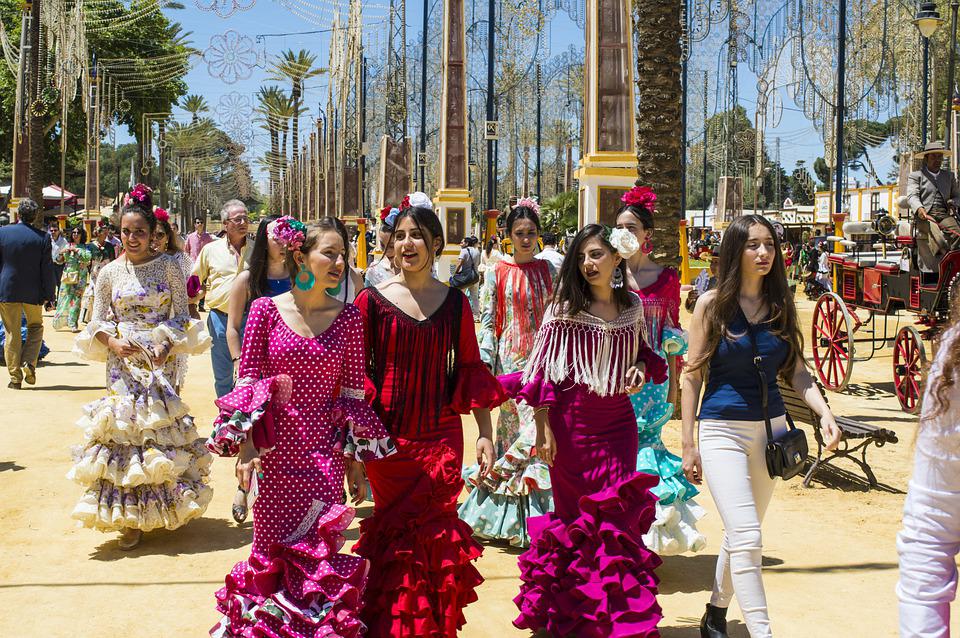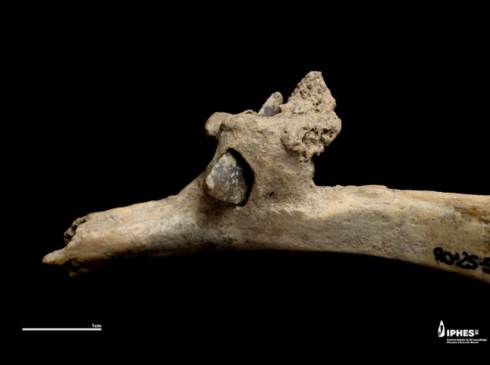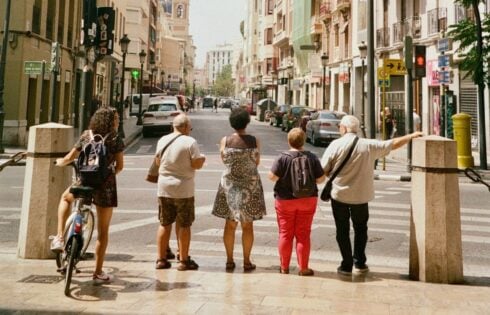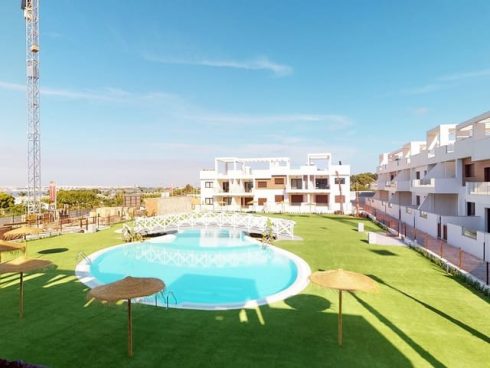ONE of the greatest of Andalucian traditions is the feria, which is celebrated in nearly every town across the region between April and October.
Ferias are run as week-long events in the larger cities and from mid-week to Sunday in the smaller towns.
What started as cattle markets have evolved into conservations of Spanish culture, with flamenco dancing and traditional food and drink stalls taking over the town’s streets. In Spanish style, the nighttime events run all the way through to the morning. If you stay near the feria grounds, it will be difficult to catch any sleep before 6am.
Locals look forward to their feria all year round. The atmosphere of the week itself is a buzz to behold, and the other 51 weeks of the year are often spent by Andalucians talking about their town’s feria, which they of course insist to be better than all the others.
Feria week is the perfect chance to see Spanish and Andalucian culture at its most exuberant expression.
Here are six of the biggest celebrations on the feria calendar, in the order they fall:
- Feria de Abril, Sevilla (1-7 May)
The feria season starts with the biggest, most famous and many would argue best event – the Feria de Abril in Sevilla. This year it falls in May, despite being named the feria of April, since it always commences two weeks following Easter Sunday. The pressure of tradition and reputation weighs down on Sevilla every year to ensure each feria is as iconic as the last.
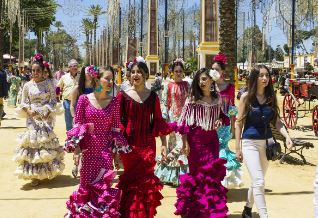
Photo: Pixabay
2. Feria del Caballo de Jerez (7-14 May)
The horse fair of Jerez is one of the more traditional remaining ferias. Unlike in tourist spots such as Malaga and other towns along the Costa del Sol, where the majority of feria attendees no longer wear traditional dress, most women at the Feria de Jerez will still be seen wearing flamenco dresses. Jerez is the birthplace of flamenco singing, and bars with traditional performances daily all year round are dotted throughout the city. The speciality of this fair is the caballos – the finest horses from all over Spain descend on the Cadiz town to parade through the town’s streets.
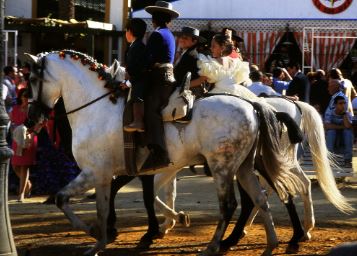
Photo: Flickr
3. Feria del Corpus de Granada (11 – 18 June)
Though less famous than rivalling Sevilla’s feria, Granada’s version of events encompasses everything that the Andalucian tradition should include. Granada specific highlights include a spectacular lit up feature of a monument in the city, changing year to year, at the entrance to the fairground. A bonus compared to the Sevilla feria is that the casetas, large tents which host entertainment, are free for the public to enter, whereas at the feria de abril you often need friends in high places to get in on the action.
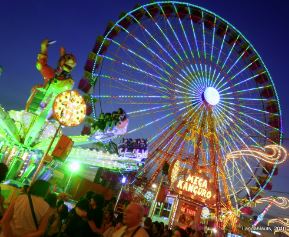
Photo: Flickr
4. Feria de San Pedro de Ronda (30 August – 4 September)
Perhaps a little too traditional for some would-be tourists and controversial for Brits and Spaniards alike, the name of Ronda’s feria is a homage to bull fighter, Pedro Romero. The feria itself continues to be based on the Spanish tradition, with live bullfighting known as the ´Corrida Goyesca´. Away from the bull ring, the streets of the old town, known as a favourite place of Ernest Hemingway, come alive during feria week with singing and dancing.
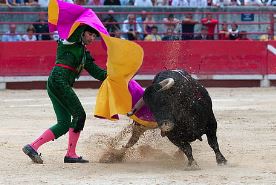
Photo: Picqsels
5. Feria de Agosto de Malaga (August 13-20)
Malaga’s feria runs for ten nights, unfolding in the historic centre of the city during the day time and at the fairground located in the Cortijo de Torres district for evening celebrations. The usually international and touristy capital of the Costa del Sol is awashed with Spanish culture for the week, with the melodies of flamenco claps and copla (traditional Andalucian song) filling the streets while the roads are trodden by horse and carriages.
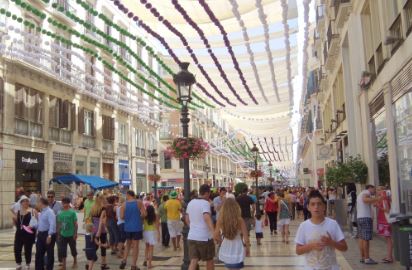
Photo: Flickr
6. Feria de San Lucas de Jaen (October 9-19)
Jaen’s Feria de San Lucas offers a chance to see deeper Spain. As in other towns, the day fair unfolds in the town with women wearing traditional flamenco dresses a regular sight all week. The fairground is slightly further out from the centre and is set against the stunning backdrop of the Andalucian hills and olive trees. The feria evening activities last well into the morning, by which point entertainment has strayed from the daytime flamenco to the roar of fairground rides and reggaeton music – a real mix of the modern and traditional.
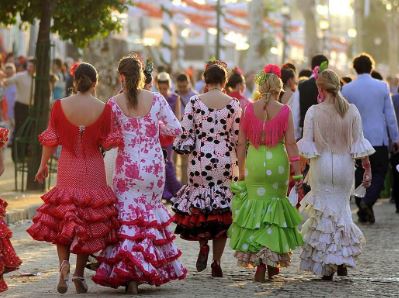
Photo: Wikipedia
READ MORE:
- Saddle up for wine, dance and music at Sevilla’s famous Feria de Abril
- What you should know about Miguel de Cervantes, Spain’s greatest literary genius, who died on this day in 1616
- Sevilla’s spectacular Plaza de España chosen to launch new Dior collection in Spain
Click here to read more La Cultura News from The Olive Press.

